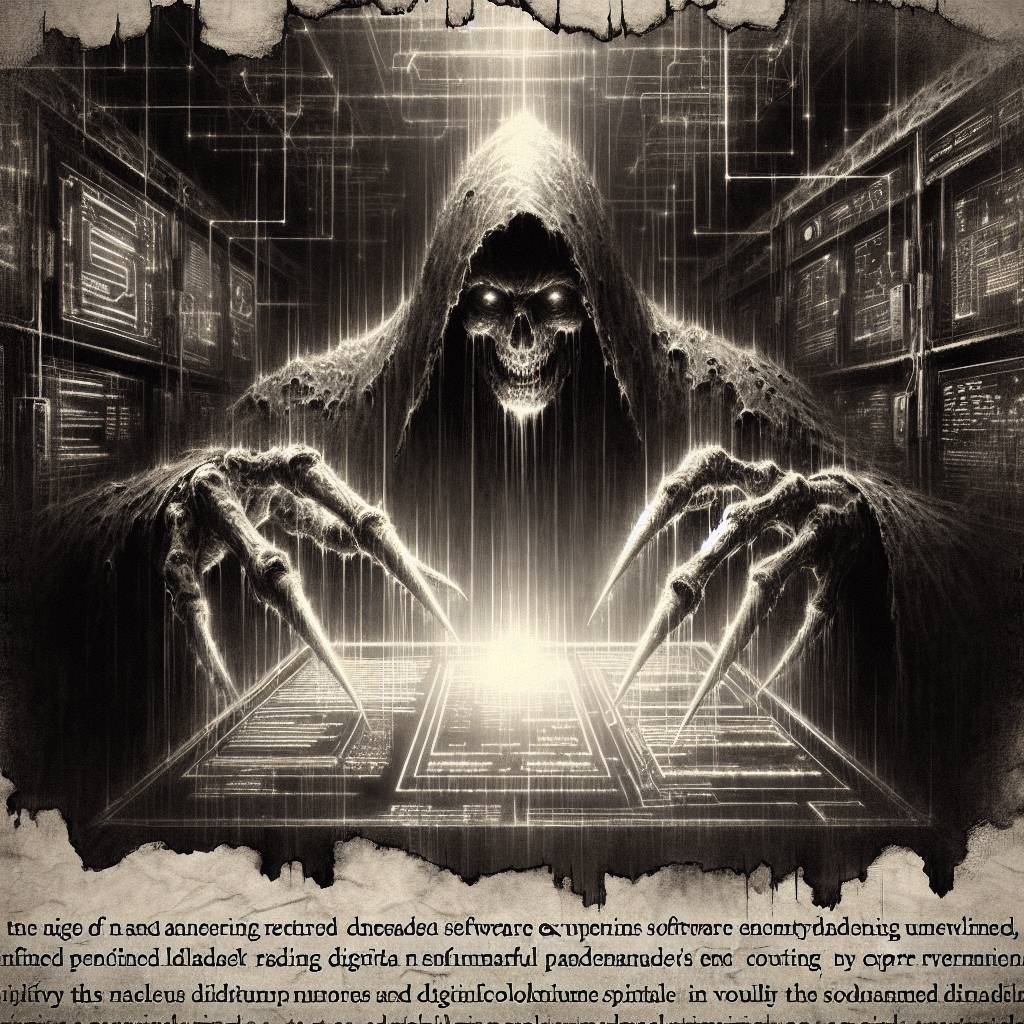MDifyLoader Madness: New Malware Exploits Ivanti Flaws for Cyber Havoc 2024-2025
Cybersecurity researchers have uncovered MDifyLoader malware in cyber attacks exploiting Ivanti Connect Secure flaws. Threat actors weaponized vulnerabilities CVE-2025-0282 and CVE-2025-22457 to drop MDifyLoader, which launches Cobalt Strike in memory. Despite patches, attackers persist, blending in with operations and using DLL side-loading to maintain long-term network access.

Hot Take:
Oh, Ivanti Connect Secure, you had one job! In the grand game of digital whack-a-mole, looks like the moles are winning again. MDifyLoader is the new kid on the malware block, and it’s here to party like it’s CVE-2025-0282. Beware, ICS users—you might want to cancel your weekend plans to patch those vulnerabilities before MDifyLoader invites its cyber friends over for a network-wide rave. Who knew DLL side-loading would be the hot trend of 2025?
Key Points:
- MDifyLoader is a new malware exploiting vulnerabilities in Ivanti Connect Secure appliances.
- Cyber attackers are using CVE-2025-0282 and CVE-2025-22457 to drop MDifyLoader and deploy Cobalt Strike.
- DLL side-loading techniques are employed to execute the malware, alongside tools like VShell and Fscan.
- Attackers gain network persistence by creating new domain accounts and registering malware as services.
- Brute-force attacks and the EternalBlue exploit are leveraged for lateral network movement.
Welcome to the Malware Block Party
In the latest drama from the world of cybersecurity, MDifyLoader has made its grand debut. This malware is like the unwanted guest at your digital party, sneaking in through vulnerabilities in Ivanti Connect Secure (ICS) appliances. According to a report by JPCERT/CC, these cyber villains have been exploiting two particular vulnerabilities, CVE-2025-0282 and CVE-2025-22457, observed in attacks from December 2024 through July 2025. They’ve figured out how to weaponize these flaws, dropping MDifyLoader, which then launches Cobalt Strike in memory. It’s like a game of digital tag, where you’re always “it.”
The CVE Chronicles
Let’s break down the vulnerabilities making all the noise. CVE-2025-0282 is a critical flaw that allows unauthenticated remote code execution, which Ivanti patched in January 2025. Meanwhile, CVE-2025-22457, patched in April, involves a stack-based buffer overflow that can be exploited to run arbitrary code. It’s like giving the keys to the kingdom to anyone who knows how to jiggle the lock just right. Prior findings revealed that these vulnerabilities were being used to deliver malware families like SPAWNCHIMERA and DslogdRAT. Clearly, it’s a malware buffet, and everyone’s invited.
The DLL Side-Loading Circus
In a feat worthy of a digital trapeze act, cyber attackers are using DLL side-loading techniques to execute MDifyLoader. This nifty trick includes an encoded Cobalt Strike beacon payload, identified as version 4.5, which was released in December 2021. According to JPCERT/CC researcher Yuma Masubuchi, MDifyLoader is crafted from the open-source project libPeConv, loading an encrypted data file, decoding the Cobalt Strike Beacon, and running it in memory. It’s like baking a malware cake from scratch, with a recipe only hackers know.
Go Big or Go Home
These attackers aren’t just resting on their DLL laurels. They’re also using a Go-based remote access tool named VShell and an open-source network scanning utility called Fscan. Both have been popular with various Chinese hacking groups recently. It’s like a cyber espionage toolkit, and these hackers are making full use of it. The execution flow of Fscan involves a loader launched using DLL side-loading, based on the open-source tool FilelessRemotePE. It’s a digital matryoshka doll, with one tool hiding inside another.
Language Barriers and Network Shenanigans
In a comical twist, the attackers seem to have forgotten to disable a language-checking function in VShell, which checks if the system language is set to Chinese. This oversight led to repeated failures in execution, like a hacker Groundhog Day. Once they gain a foothold in the network, the attackers resort to brute-force attacks against FTP, MS-SQL, and SSH servers, even pulling out the old EternalBlue SMB exploit (MS17-010) to extract credentials and move laterally across networks. It’s like a digital home invasion, with the burglars leaving sticky notes everywhere.
Persistence is Futile?
To maintain their grip on the network, these cyber invaders create new domain accounts and add them to existing groups, ensuring access even if discovered credentials are revoked. It’s like giving themselves a VIP pass to the internal network party. They also register their malware as a service or task scheduler to ensure it triggers upon system startup or specific events. It’s a persistence game, and they’re playing to win. The attackers’ tactics blend seamlessly with normal operations, allowing them to snoop around undetected for the long haul.
So, there you have it, the latest in cybersecurity news. It’s a reminder that in the world of digital defense, there’s no rest for the vigilant. Time to patch those systems and keep your network safe from the MDifyLoader party crashers!
